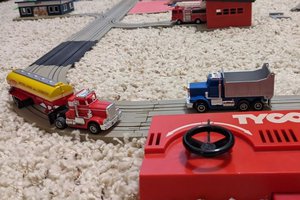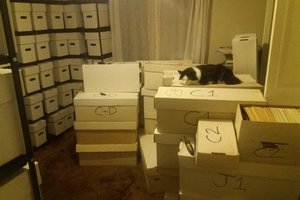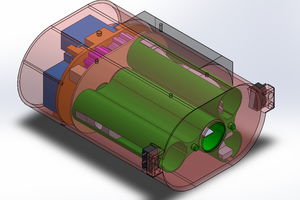I used onshape to create the 3d file.
Sorry for the mess it's my first time using cad software. So I had to learn most of it along the way.
See, get and edit the file on onshape below. If you need help of have questions contact me.
I started with scanning the side of the brake lever on my flatbed. And traced the contour of the top and scanned that as well. This way I replicated the lever in the CAD software.
After that I took the shifter from the base plate and meassured the base to replicate it in the CAD software.
I'll add pictures of the product en process.
 stormeporm
stormeporm
 Mike Turvey
Mike Turvey


 Dante Kienigiel
Dante Kienigiel